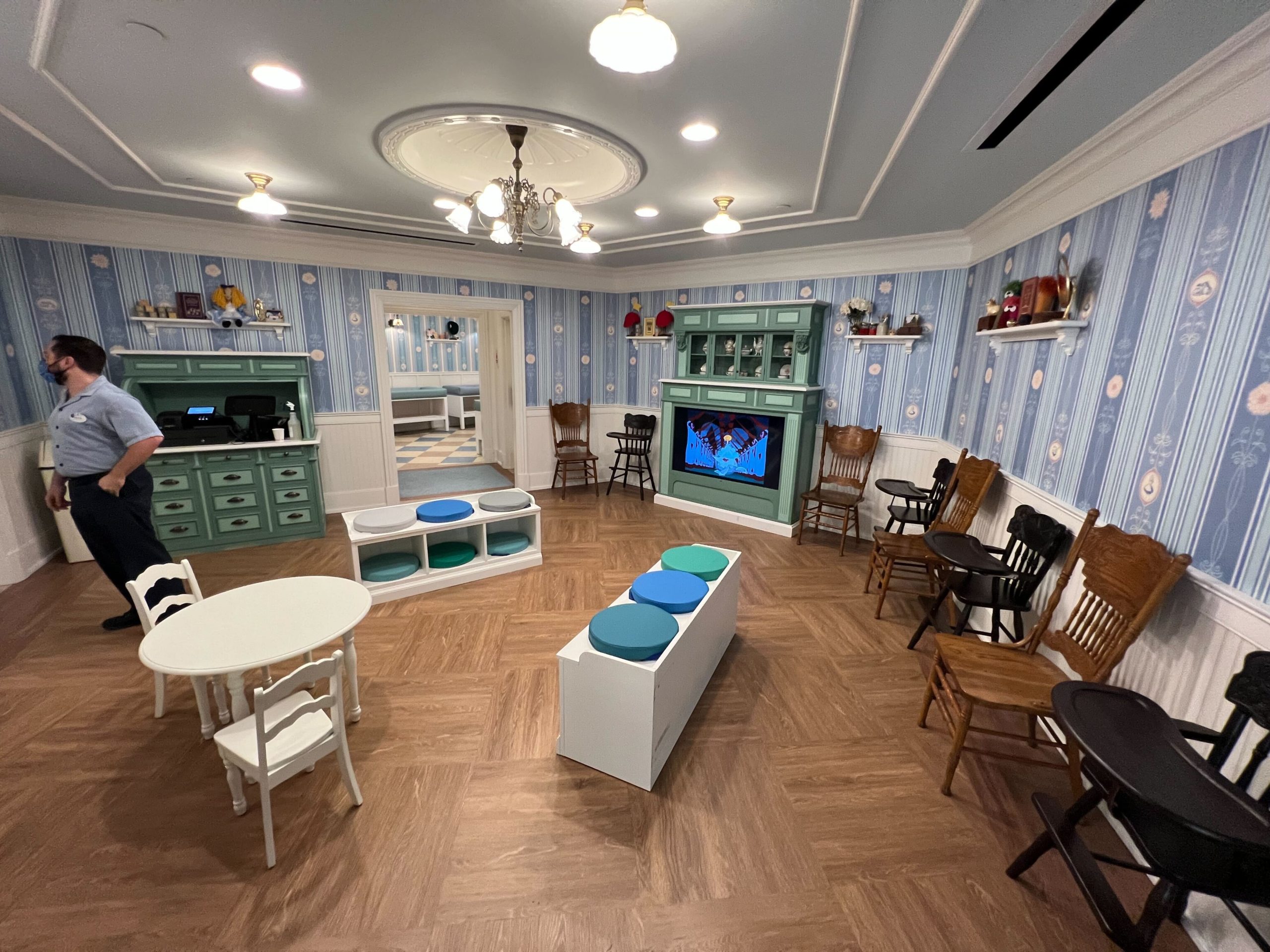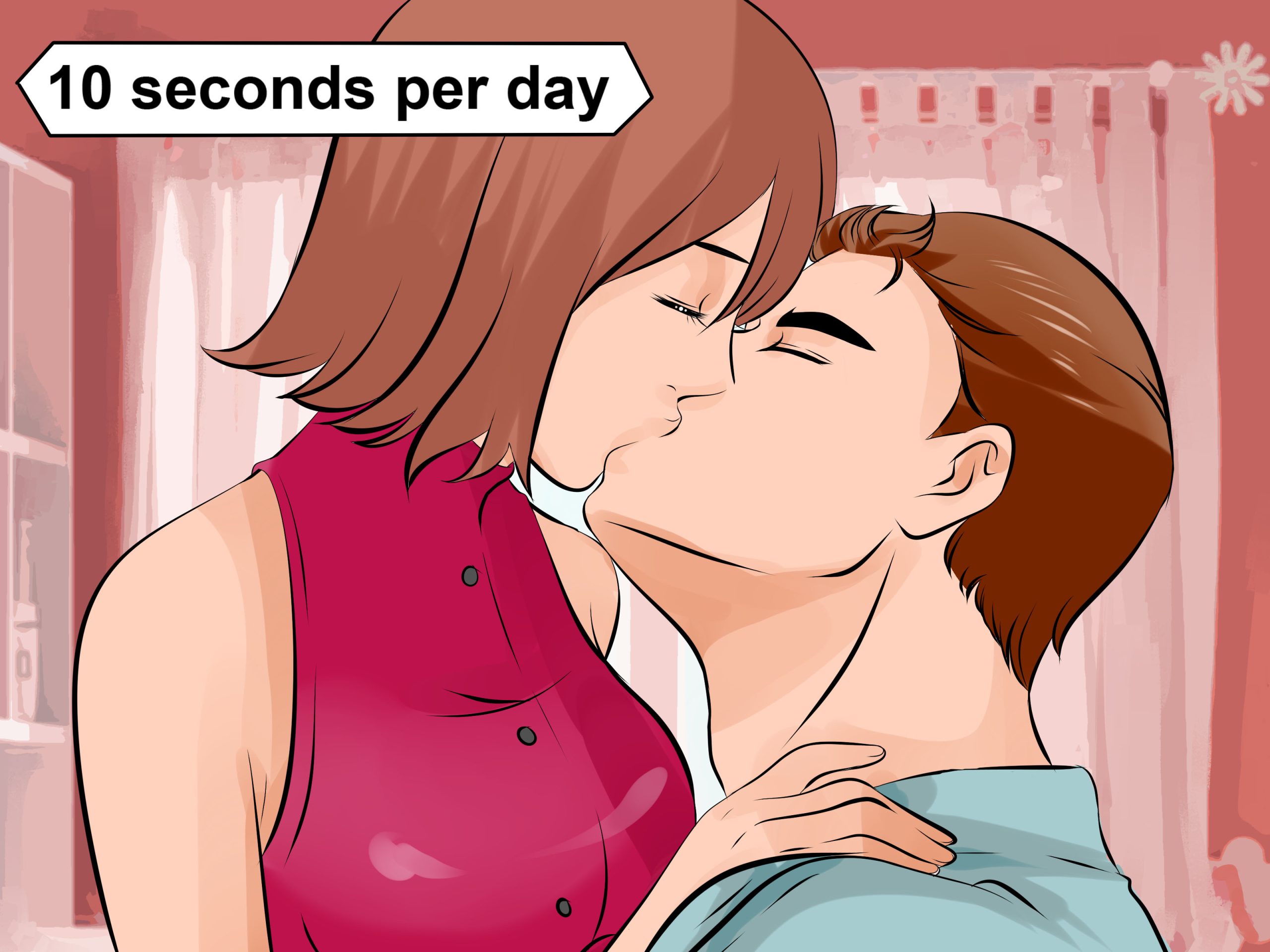Newborn Baby Care Part 1
Newborn Baby Care – You are bound to be amazed by the first sight of your newborn. For the first few hours after child birth, your baby may be very alert and responsive to your touch, voice and warmth. Take advantage of this opportunity to feed, stroke, talk to and look closely at this child you have created.
Newborn Appearance
Head
Your baby’s head may appear large compared to the rest of the body. It may be more elongated than oval due to the delivery process. The process of change in the shape of your baby’s head after birth is called “molding”. This molding gradually corrects itself in about a week. Changing the baby’s head position from back and side to side will help. Babies have two soft spots, or “fontanels,” on their head. The one in the front usually closes between 6 and 24 months. the one on the back of the head is often closed at birth or closes within 3 months.
Eyes
Newborns can see, but not as clearly as adults. Your baby may look cross eyed for the first few months of life because of immature eye muscle control. Eye coloring may change after birth to its permanent color at about 6 months of age.
Your newborn may have swelling around the eyes. This will go away in a few days. Some babies have a red area in the white part of the eye. This is a small hemorrhage from pressure during birth. No treatment is necessary and it will disappear within several weeks.
Eye Care
The ointment placed in your baby’s eyes after birth may cause a slight redness, with some swelling of the lids and watering of the eyes for the first few days. Wash the eyelids with clear, warm water and a clean cloth or cotton ball. Wipe from the inside, near the nose, out toward the ear. Use a separate place on the washcloth or a new cotton ball on each eye to avoid transferring germs from one eye to the other.
Swollen Breasts, Labia or Testicles
The genitals in newborns may appear swollen. Girls may have thick, white, occasionally blood-tinged secretions from the vagina. Boys may have swollen testicles, and babies of either sex may have enlarged breasts and milky fluid coming from the nipples. This is because your baby still has your maternal hormones. As your hormones gradually disappear from your baby’s body, so will the swelling.
Skin
Newborns have skin that is pink or light brown in color. Mucous membranes of the lips and inside the mouth are pink in color. Some blueness of the hands and feet is normal in the first two to three days. Newborns are often prone to a variety of harmless skin blemishes and rashes.
- Peeling or cracking skin around the wrists, ankles or scalp is common, especially in babies who have gone past their due date. As new skin cells grow, this condition will clear up without treatment. This is simply the shedding of dead skin and is best left alone. Lotions tend to slow the shedding process of these layers.
- Newborn acne is a common skin condition caused by the mother’s hor- mones. It will lessen in the first few weeks of life.
- Lanugo is the name of the downy fuzz sometimes seen on the back, arms and ears of newborn babies. It disappears in a few weeks.
- Milia are tiny yellow-white cysts on the nose, forehead and cheeks. Do not squeeze them. They will go away on their own.
- Vernix is the creamy substance that protects your baby’s skin while in the uterus. It may be present in skin folds. It will be absorbed by the skin in a few days.
All these conditions are normal and disappear rapidly as your baby matures and adjusts to life outside the womb.
A raised, pimple-like rash around the cord or genital area may occur. Usually,
This rash will clear up with normal bathing or exposure to air. If the rash does
do not go away or get worse, see your baby’s doctor. Your baby’s doctor should
check a more blister-like rash that ruptures, leaves a scab or continues to
spread.
Skin rashes can also result from overdressing or harsh laundry soaps. As your baby becomes warm and sweats, skin irritation develops. This is especially common in the skin folds. To prevent rashes, keep these areas clean and dry and avoid overdressing your baby. You can also try milder laundry soap; dissolve the soap before adding clothes and rinse twice.
Jaundice
Many newborn babies develop yellow skin when their liver cannot get rid of asubstance in the blood called bilirubin. This is called jaundice. Jaundice usually appears on the second or third day of life in healthy babies who are born full-term. It is very common and may occur sooner in preterm and late preterm babies. The yellow skin first appears on the face. It then moves down the body toward the toes. In most cases, the condition is mild and will disappear on its own without any special treatment. A screening test for jaundice will be performed on your baby prior to discharge from the hospital.
In unusual situations, a baby’s bilirubin level can become very high and could cause brain damage (kernicterus). This is why newborns should be checked carefully for jaundice and treated to prevent a dangerously high bilirubin level.
If you notice your baby’s skin color becoming yellow, call your baby’s doctor. A blood test to check your baby’s bilirubin level may be necessary. A small amount of blood is taken from the heel for this test. If the jaundice requires treatment, a technique called phototherapy is often used in a hospital setting.
This treatment involves placing your baby under special ultraviolet lights, called “bili-lights.” Exposing the skin to these lights helps the body get rid of bilirubin faster.
Umbilical Cord Care
Your baby’s umbilical cord stump will usually dry and fall off by itself two to three weeks after birth. As it heals, it will have the appearance of a scab. Do not pick at it or cut or pull it off. To help prevent infection, keep the base of the cord stump clean, dry, and open to air. Clean with mild soap and water if the cord becomes soiled with urine or stool. If your baby’s cord is not dry before discharge from the hospital, the clamp will not be removed. The clamp will fall off with the cord in two to three weeks. You may see a few drops of blood on the diaper around the time the stump falls off.
Try to keep the diaper positioned below the navel until it has completely healed.
Call your baby’s doctor if the umbilical cord stump to your newborn baby care:
- Becomes red or has red skin around its base
- Bleeds
- Smells bad
- Has pus or drainage at its base
- Is so sensitive that your baby cries when you touch the cord and the skin next to it with your finger
Give sponge baths until the cord stump falls off and the navel is completely
healed.
Fingernails
Babies are born with fingernails that are paper-thin and sharp. Do not cut or bite your baby’s nails. It is very difficult to tell where the nail ends and the skin starts when using baby clippers or scissors. This makes it easy to accidently cut the skin, causing pain and bleeding. You may use an emery board to file the nails about once a week. Your baby’s doctor can instruct you about when it is safe to cut your baby’s nails.
Ear Care
Use a washcloth, not cotton swabs or Q-tips, to clean your baby’s ears. Never insert a cotton swab into the ear canal.
Sneezing
Newborns sneeze frequently to clear nasal passages. This is normal.
Hiccups
During or after eating, your baby may hiccup. This is normal and will soon stop. There is no cause for concern.
Bulb Syringe
A bulb syringe is used to remove, or suction, fluid (such as milk or mucus) from your baby’s mouth or nose. You may use it when your baby spits up, chokes, sneezes or has a runny nose. For the first few days of life, your baby may have excess mucus that may cause gagging. We suggest you keep a bulb syringe close to your baby, especially during feedings, and use it when necessary. If you need to suction both the nose and the mouth, always suction the mouth first.
To help your baby when he gags, turn your baby on his side and firmly pat the back. If gagging continues, you may need to use the bulb syringe.
How to Use a Bulb Syringe:
- First, squeeze the bulb until it is collapsed before inserting into your baby’s mouth or nose to create suction.
- Gently place it in one nostril or the inside of the lower cheek towards the throat.
- Release the pressure applied to the bulb to suction mucus into the bulb.
- Remove the bulb syringe from the nose or mouth and squeeze the bulb quickly into a tissue to get rid of the mucus.
- Wipe the tip of the bulb syringe and repeat the process if necessary (for the other nostril or cheek).
- Clean the bulb syringe with hot, soapy water and rinse in hot water after using.
- Be sure to clean the inside of the syringe by squeezing the bulb while the tip is in the soapy water.
- Rinse by repeating the procedure with clean, hot water several times.
- Prop the clean bulb tip side down so the water will drain.
- Return the clean bulb syringe to a place that’s near your baby.







Your article helped me a lot, is there any more related content? Thanks!
Can you be more specific about the content of your article? After reading it, I still have some doubts. Hope you can help me.
Your point of view caught my eye and was very interesting. Thanks. I have a question for you.
Your point of view caught my eye and was very interesting. Thanks. I have a question for you.
I don’t think the title of your article matches the content lol. Just kidding, mainly because I had some doubts after reading the article.
Thanks for sharing. I read many of your blog posts, cool, your blog is very good.
I don’t think the title of your article matches the content lol. Just kidding, mainly because I had some doubts after reading the article. https://accounts.binance.com/register?ref=P9L9FQKY
Thanks for sharing. I read many of your blog posts, cool, your blog is very good. https://accounts.binance.com/ru/register-person?ref=V3MG69RO
Thank you for your sharing. I am worried that I lack creative ideas. It is your article that makes me full of hope. Thank you. But, I have a question, can you help me?
Can you be more specific about the content of your article? After reading it, I still have some doubts. Hope you can help me.
I don’t think the title of your article matches the content lol. Just kidding, mainly because I had some doubts after reading the article.
Can you be more specific about the content of your article? After reading it, I still have some doubts. Hope you can help me.
Can you be more specific about the content of your article? After reading it, I still have some doubts. Hope you can help me.
Thank you for your sharing. I am worried that I lack creative ideas. It is your article that makes me full of hope. Thank you. But, I have a question, can you help me?
Thanks for sharing. I read many of your blog posts, cool, your blog is very good.
Your point of view caught my eye and was very interesting. Thanks. I have a question for you.
I don’t think the title of your article matches the content lol. Just kidding, mainly because I had some doubts after reading the article.
I don’t think the title of your article matches the content lol. Just kidding, mainly because I had some doubts after reading the article.
Thank you for your sharing. I am worried that I lack creative ideas. It is your article that makes me full of hope. Thank you. But, I have a question, can you help me?
Can you be more specific about the content of your article? After reading it, I still have some doubts. Hope you can help me.
Your point of view caught my eye and was very interesting. Thanks. I have a question for you.
Thanks for sharing. I read many of your blog posts, cool, your blog is very good.
I don’t think the title of your article matches the content lol. Just kidding, mainly because I had some doubts after reading the article.
Your article helped me a lot, is there any more related content? Thanks!